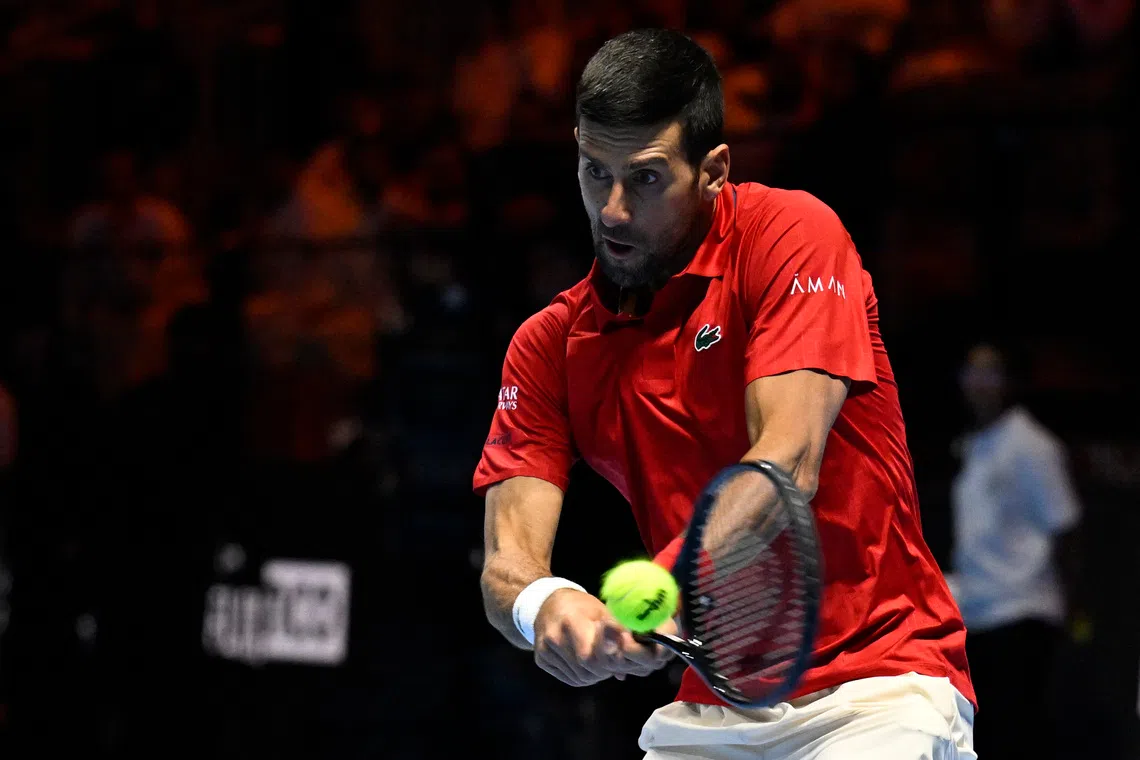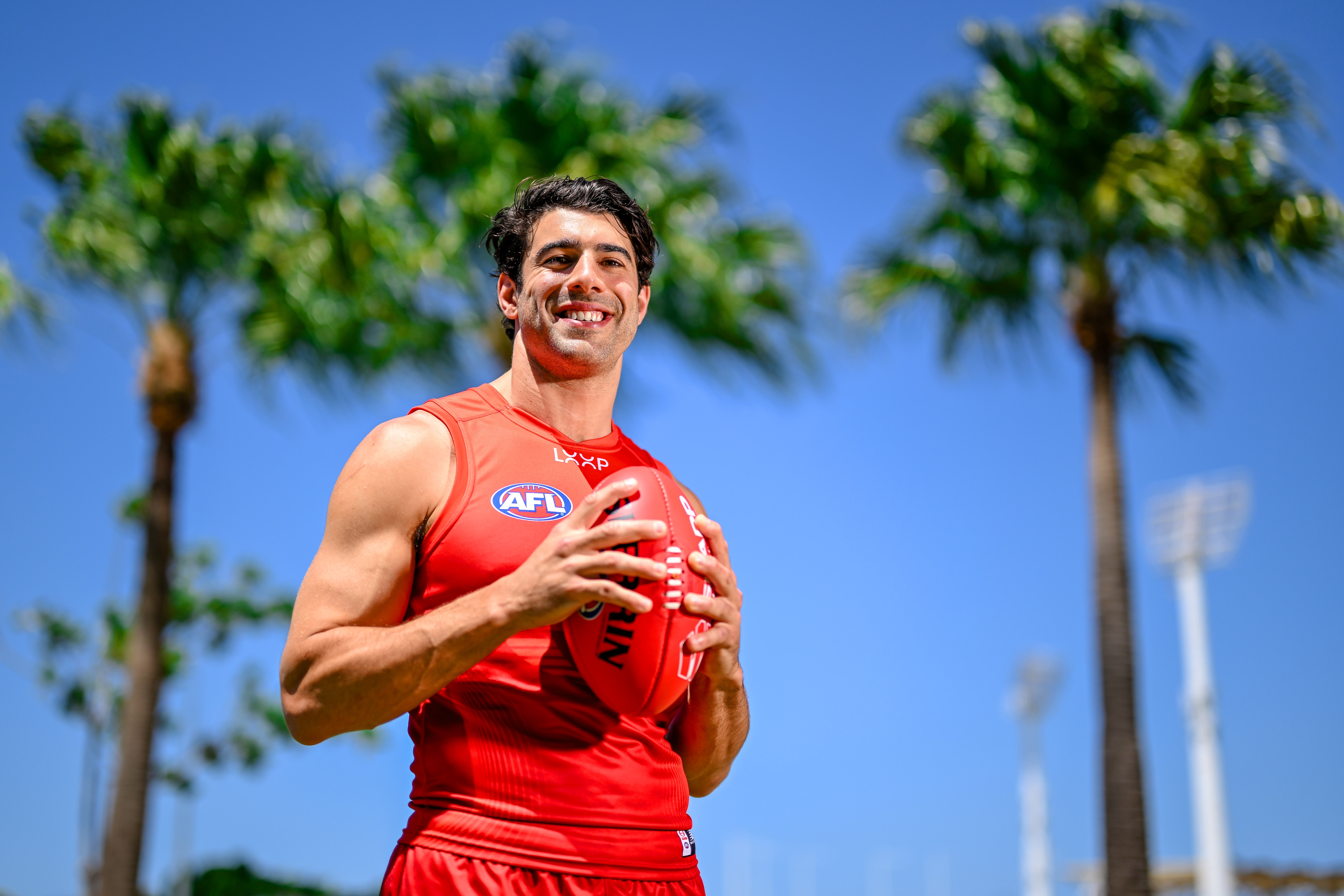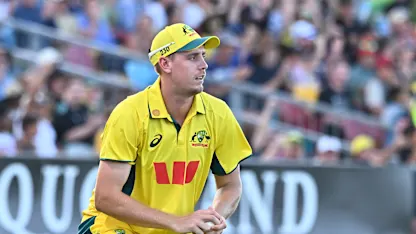Emma Raducanu isn’t mentally weak, her body is letting her down

So why did he not play in the Olympics or world championships? His poor knees gave in to the constant, unnatural grind of hitting a ping pong ball from a crouched position, often at idiosyncratic angles, for hours every day, every week, every year, from the age of eight to 16, leading to an irremediable mechanical breakdown in joints and tendons.In this sense, my brother’s story is not unlike that of Sam Hutchinson, the Chelsea youngster who initially retired from football aged 21 in 2010 due to chronic pain and did not make it back into the Premier League on his comeback; Emil Damgaard, who quit at 22 because of serial injury problems; Greg Oden, the basketball whizz, who suffered a series of injuries; and on and on.This isn’t the exception in sport; this is sport. The athletes you see dominating the headlines may seem like the most talented and tenacious, but they are also something else: lucky. Nobody knows when they start out whether their bodies are configured to cope with the absurd long-term demands. Sure, bodies can be put back together with precision surgery, physiotherapy and the like, but not always and never fully.I remember bumping into Michael Owen in a pub in Richmond and he said something along the lines of: “I tried absolutely everything, but I never got over my injury. It’s why the guy who won the Ballon d’Or at 22 never reached that level again.”A few years ago, I interviewed Jack Nicklaus — 18 majors, widely regarded as the greatest of all golfers — and he was full of wisdom, as you might expect. Talking in a hotel room overlooking the Old Course at St Andrews, he said: “I am lucky my body largely held up. If it hadn’t, you wouldn’t be speaking to me now.”Tiger Woods won 15 majors and was a hell of a player (perhaps the most complete of all). But had that chronic knee problem flared up a few years later, he would have won 20-plus majors. Had it flared up a decade and a half earlier, he might have won, well, none.This is a long build-up, admittedly, to Emma Raducanu, but all this cant about her being “injury prone” or “weak” (or any of the other pejoratives that seem to accompany any story about this player) is just that: cant. To have triumphed in a grand-slam (while acing her school exams) reveals a level of determination and tenacity that, dare I say, eclipses most people reading these words, and most certainly the person writing them. She has also had the good fortune to be blessed with a body that enabled her to commit fully to tennis from the time she picked up a racket at the age of five.But the wear and tear has been cumulative. Chronic problems with her wrists, surgery on her ankle, back spasms and, more recently, dizziness will be symptoms familiar to anybody involved in professional sport; the not unpredictable consequence of the eight-hours-a-day routine of training in this most demanding of games. When she experiences pain in her joints or light-headedness (it sounds not dissimilar to Dixon), she is not “making excuses” any more than Woods was making excuses for pulling out of tournaments after years of placing his knee under crippling levels of cumulative torque.Humanity evolved during the Pleistocene. For most of our existence we were hunter-gatherers who spent ten hours a day chilling out in the shade (the anthropologist Marshall Sahlins called it the age of “leisure abundance”). Our bodies are not designed to hit a thousand forehands a day with a strange implement called a racket, where one’s arm is almost dislocated from its socket on each swing and, in the case of Rafael Nadal, ends up almost spearing his left ear as the limb is taken through maximum rotation. Injury is not the exception; it’s the rule. And, despite modern medicine, it is becoming more common as sport becomes more competitively intense.I remember talking to Freddie Flintoff about his injuries. For the last decade or so of his career, he played in searing pain. “I used to come out of general anaesthetic and say to the doctor: please, just another hour! It was a relief to be knocked out,” he said.I know long-retired footballers who still endure anguish in their joints; Andy Murray was bolted together with metal for sizeable periods in his career; Laura Robson is often written off as an underachiever, but she suffered with chronic shoulder and hip problems and spent most of her twenties in rehab from injuries. Sure, you can tilt the odds by living healthily and resting properly, but most aspiring players do that anyway. All too often, it isn’t enough.To finish with Raducanu, I was struck when she was confronted by a stalker how many people said, and indeed, wrote, that this was just another “excuse” for her “underperformance”. In this sense, the shrill comments in response to her recent struggles with injury follow a familiar, and depressing, pattern.I just hope she doesn’t read any of this nonsense and continues to live her best life: a top-30 tennis player, worth tens of millions. For the truth is that a body breaking down isn’t evidence of mental weakness or frailty, or any other of these crude pejoratives. It is evidence of the insistent, cumulative demands of that strange job we call professional sport.












